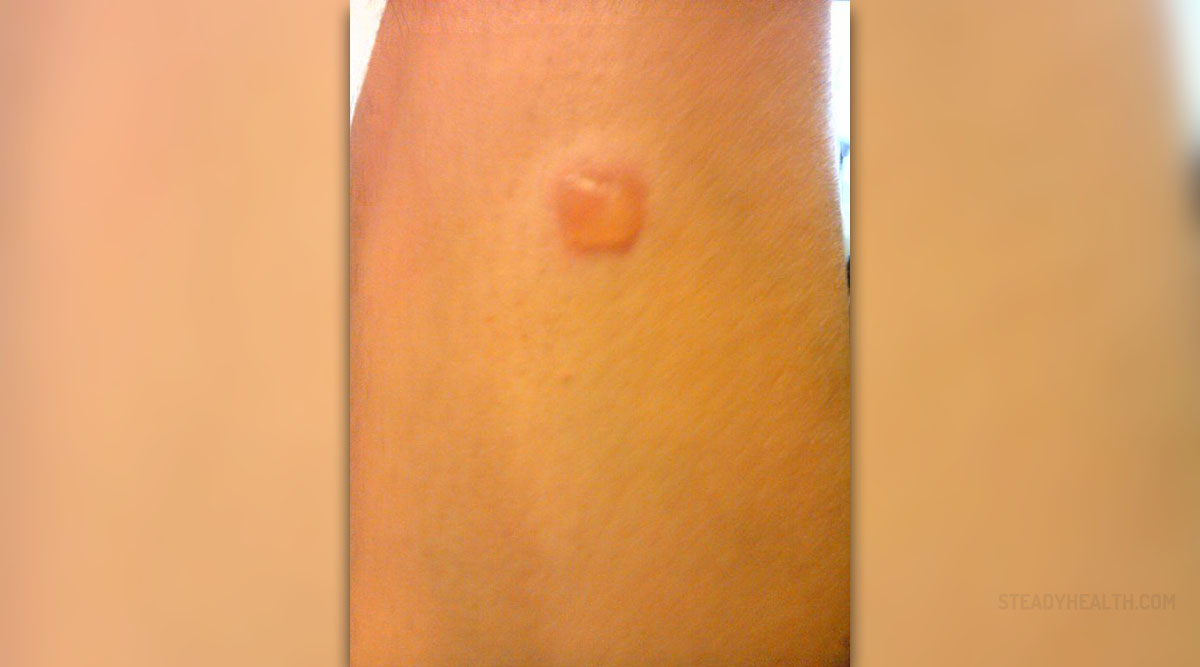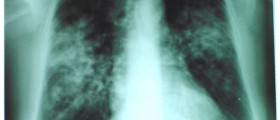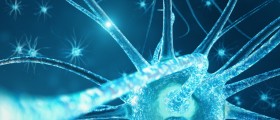
Sarcoidosis is the condition characterized by formation of tiny nodules called granulomas in different parts of the body. It is caused by an inflammation. Sarcoidosis most often develops in the lungs and lymph nodes in the chest area (pulmonary sarcoidosis). However, skin, liver, eyes, kidneys, brain, nose, muscles and nerves can be affected too. In fact, sarcoidosis may develop in almost any body’s tissue.
Functioning of the organ involved may be affected if numerous granulomas form within that organ. These granulomas result out of a specific inflammation and produce different symptoms of sarcoidosis.
Causes of Sarcoidosis
Scientists do not know why some people develop sarcoidosis. However, a family history of this disease seems to increase the risk of sarcoidosis. In people with genetic susceptibility to sarcoidosis, the condition may be triggered by an infection, inhaled allergens or exposure to environmental toxins.
Sarcoidosis is a rare condition and mostly affects people of Scandinavian, African, Irish and Caribbiean descent. Women are more prone to develop sarcoidosis. The disease is usually diagnosed in people aged between 20 to 40 years.
Symptoms of Sarcoidosis
Sarcoidosis may not cause any symptoms at all and can be incidentally discovered during a chest X-ray done for other reason. However, in some people with sarcoidosis symptoms may appear suddenly and this is considered as acute case of sarcoidosis.
Acute sarcoidosis generally has a good prognosis and usually resolves without a treatment. One type of acute sarcoidosis is known as Löfgren’s syndrome, which represents combination of erythrema nodosum, enlarged lymph nodes, eye inflammation and joint pain.
On the other hand, chronic sarcoidosis is the condition in which the symptoms gradually appear over many years. In chronic sarcoidosis, the symptoms become worse with time thus the disease requires medical treatment.
Symptoms of sarcoidosis depend on the organ affected. Lung symptoms include shortness of breath, cough, wheezing and chest pain. Skin symptoms include firm skin sores known as erythrema nodosum on the shins, raised skin rash on the nose, cheeks, chin and ears (lupus pernio) and small nodules below the surface of the skin.
People with sarcoidosis whose lymph nodes are affected have lumps under the arms, neck and in the groins. Sarcoidosis that affects the eyes causes uveitis, the condition marked by red and painful eyes and blurred vision.
Heart symptoms are slow or irregular heart beat and cardiomyopathy that may lead to heart failure. When nerves are affected by sarcoidosis the patients may experience difficulty swallowing, drooping of the face, hearing problems, headaches, seizures and numbness in the face, arms or legs.
Sarcoidosis may also cause kidney stones, enlarged liver and spleen, joint pain and inflammation of muscles. General symptoms of sarcoidosis include fatigue, fever, loss of appetite, weight loss and malaise.

















Your thoughts on this
Loading...